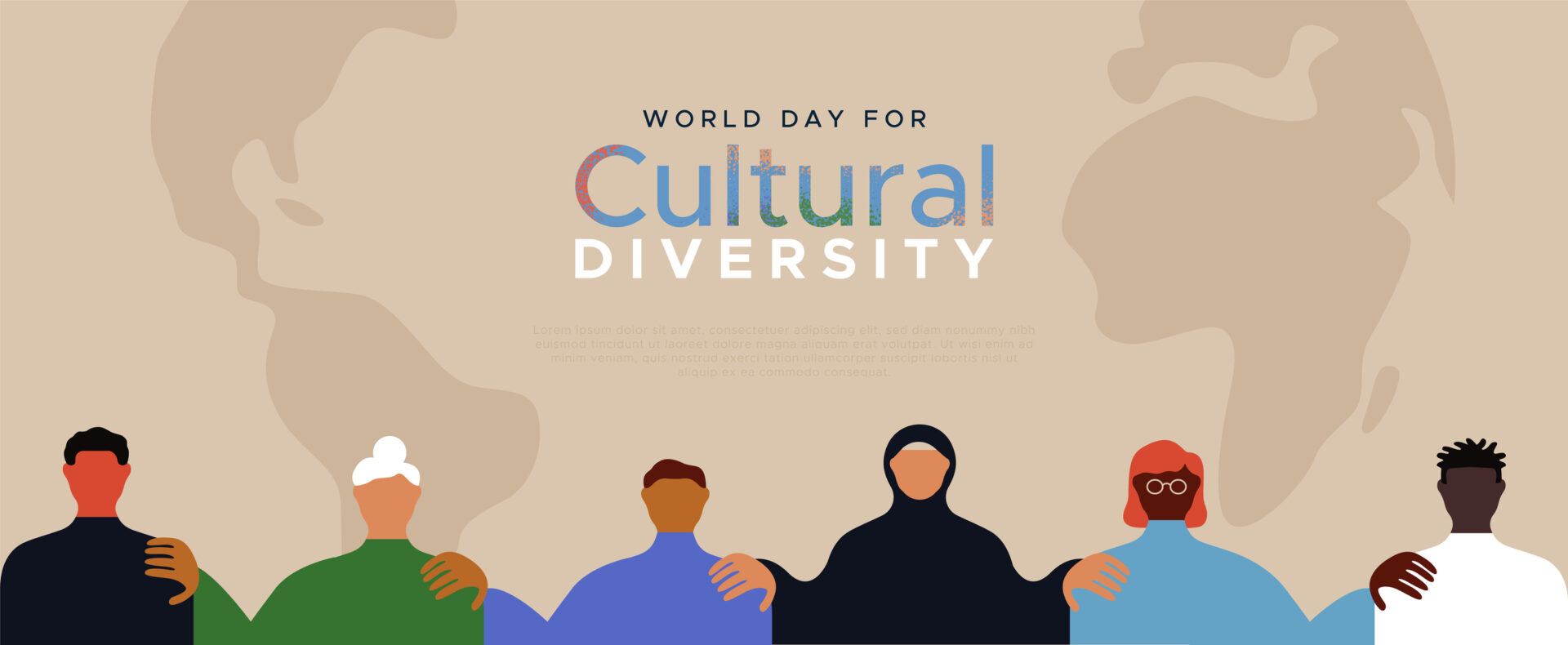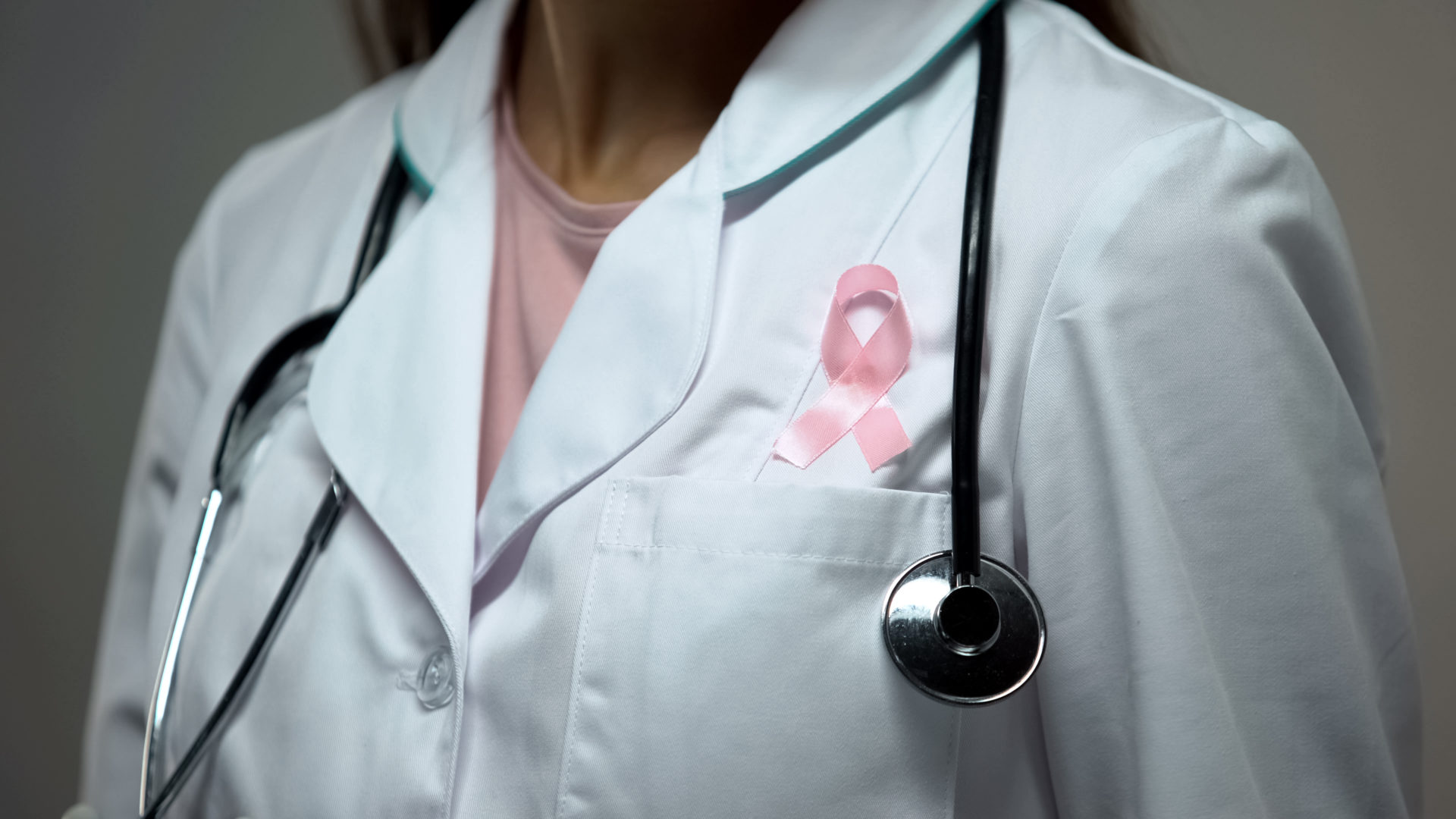Protesters have converted the 1.7-mile long fence surrounding the White House into a monument for racial injustice. The fence holds signs supporting the Black Lives Matters movement and memorializes members of the Black community killed by police.
In our other posts regarding the Black Lives Matter movement, we mentioned that two public health issues are plaguing the U.S.; COVID-19 and racism. Although both of these items are threats to the nation presently, only one has been around for centuries. It is this same issue for which a vaccine will not provide solace. So what exactly will the lifespan be of these two public health challenges?
COVID-19: 6+ Months
While COVID-19 has negatively impacted the global economy, tested the world’s ability to be agile, and killed thousands, there is a timer on how much longer it will go on. COVID-19 has impacted the U.S. for only four months, and already, human trials for a vaccine are running. At best we can expect a vaccine in 2 months, at worse, a year.
Some reports point out that developing a vaccine can take up to ten years. With this in mind, a year sounds like hardly any time at all. The research done on COVID-19 to get to this point required coordinated effort on the part of healthcare professionals, scientists, and researchers. As mentioned in our post, COVID-19: The Race Towards a Vaccine, nearly 100 vaccines were initially tested, with 12 moving on to human trials.
Developing such vaccines has not only taken time, but it has taken a lot of money. And the manufacturing of the final vaccine will be even more costly. The U.S. Department of Health and Human Services has announced that they will provide 2 million in funding to assist pharmaceutical companies when a vaccine reaches the production stage.
Racism: To Be Determined
What if the same energy, research, and experimentation were made to end, not a virus, but the racism that plagues our culture and its systems? If resources are pooled with the common goal of ending police brutality, redlining, systemic-racism, and individual racism, tomorrow could be different for the Black community.
Instead of acknowledging the seriousness of the racism still prevalent in the U.S. and the critical work being done by protestors making motions for change, many are using Black Lives Matter demonstrations as a scapegoat for increases in COVID-19 cases. Although protestors may not always be six feet apart, many do wear face masks. It is more likely that the re-opening of cities and states are responsible for the COVID-19 hotspots emerging today. This is the case for many states, like Texas, which saw a jump in COVID-19 cases following the re-opening of many establishments before the start of local protests.
The benefits of protesting during COVID-19 outweigh the potential dangers. Many healthcare professionals understand this and openly support protestors. In fact, nearly 1,000 healthcare professionals have signed a letter supporting protests. The content of the message is as heartfelt as it is factual. It acknowledges that Black individuals are twice as likely to die during a confrontation with police than their whites. The letter points out that this is still an issue and has been for centuries. COVID-19, on the other hand, is a new challenge. They feel that these two issues should be addressed in the order with which they arose.
Those who have signed the letter understand that racism is very much a public health issue. They also know that the cost of contracting COVID-19 is well worth it if it means cultivating change for the Black community. Individuals in countries outside the U.S. are feeling much the same, with many taking to the streets to show their support for those that lost their lives due to police brutality and other instances of racism, both local and global.
Health officials feel that if systemic racism improves, it may decrease COVID-19 case numbers within the Black community. At present, roughly 1/3 of patients testing positive for COVID-19 are African American. Based on this statistic, COVID-19 is very much a product of systemic racism.
Not only has this pandemic brought issues of global racism to light, but it has also caused xenophobia towards those of Asian heritage. The belief that COVID-19 came from providence in Wuhan has caused many individuals to be fearful or even angry towards those who they perceive may have connections to this area or even just the culture. In many instances, xenophobia has lead to verbal and physical assault. Perhaps, efforts relating to the Black Lives Matter movement will have the power to improve respect for members of groups affected by xenophobia as well.
If we defund police, financial resources can be allotted to improve the housing and infrastructure in Black communities. This could allow communities to have better sanitation, transportation, and access to fresh food. All these changes could lead to better health in the community. It could also cause a drop in COVID-19 cases among African Americans.
While the end of local and global racism is not yet in sight, the conversations, stories, knowledge, and support we are exchanging are good indicators of future change.
Want to learn more about the Black Lives Matters Movement?
We curated several resources to help you a better ally and advocate for the Black community.







Leave A Comment